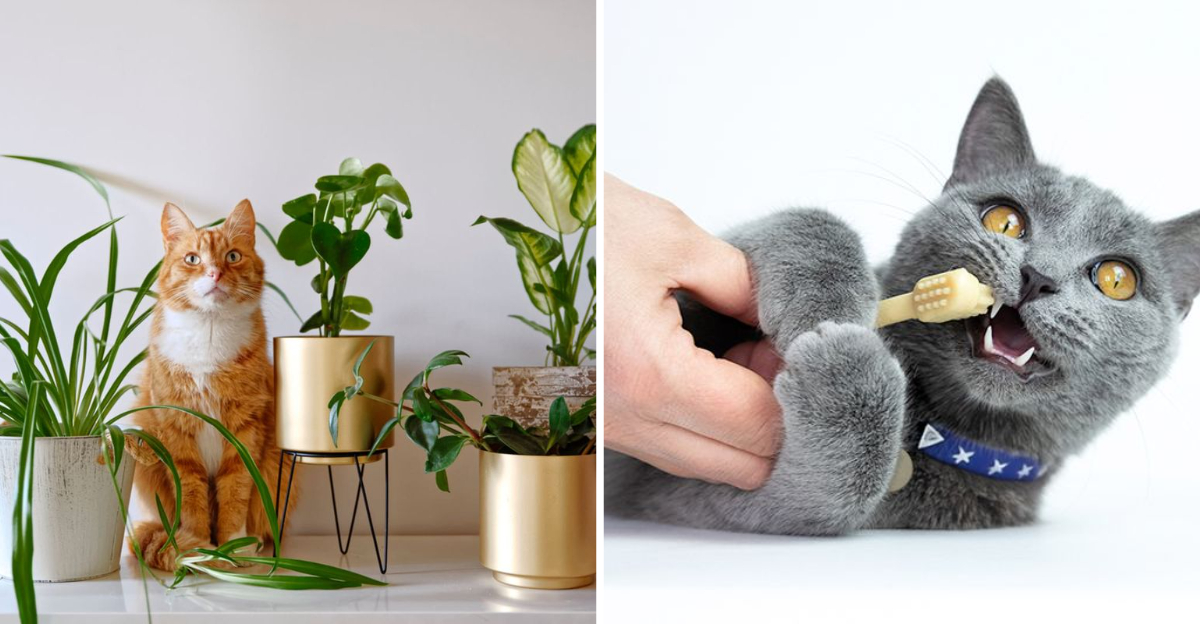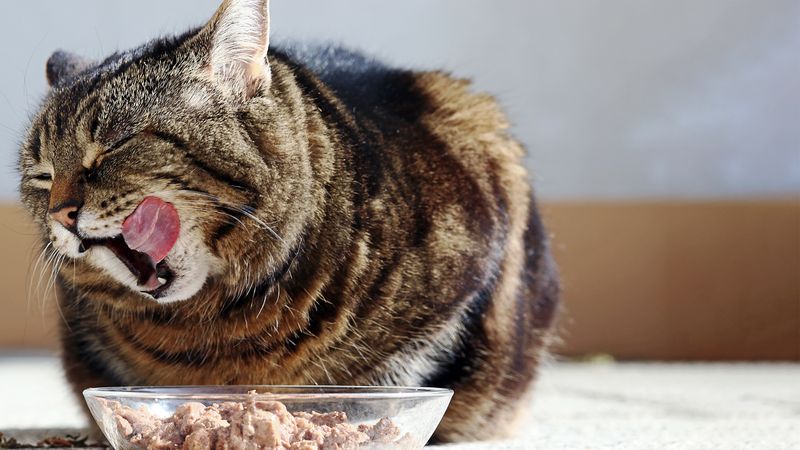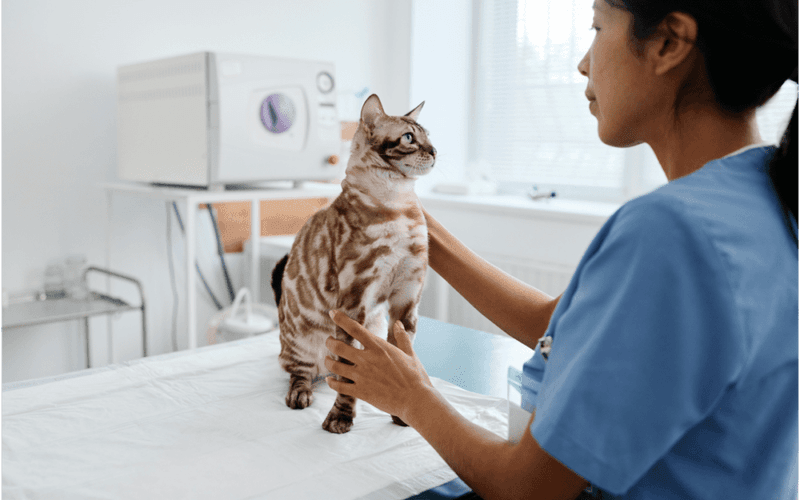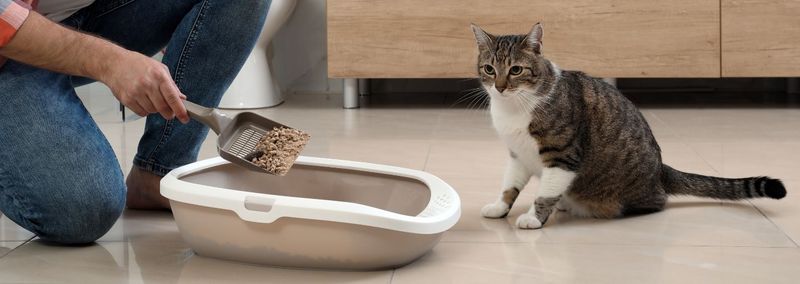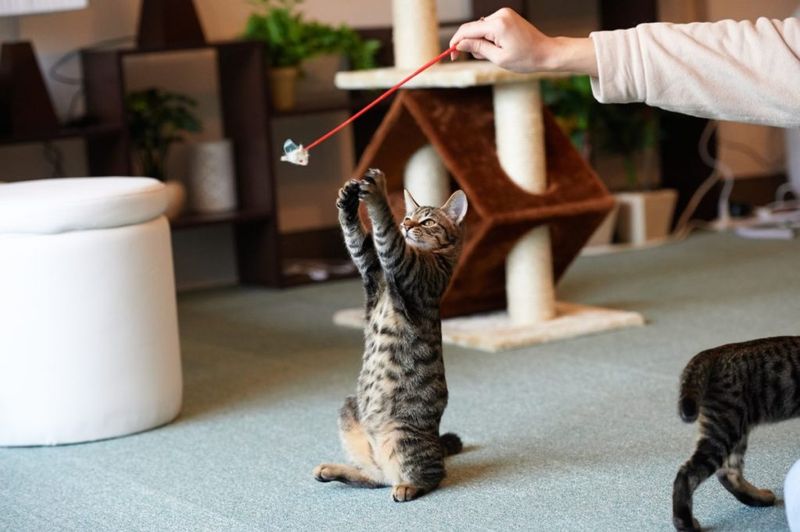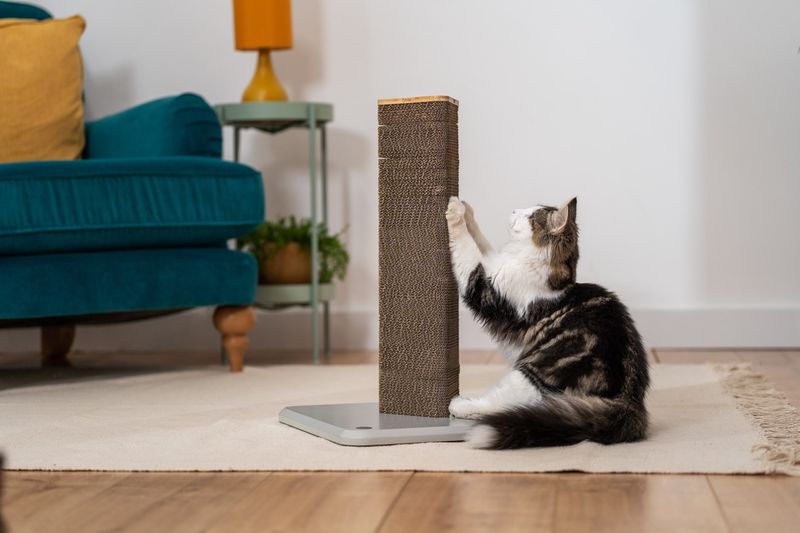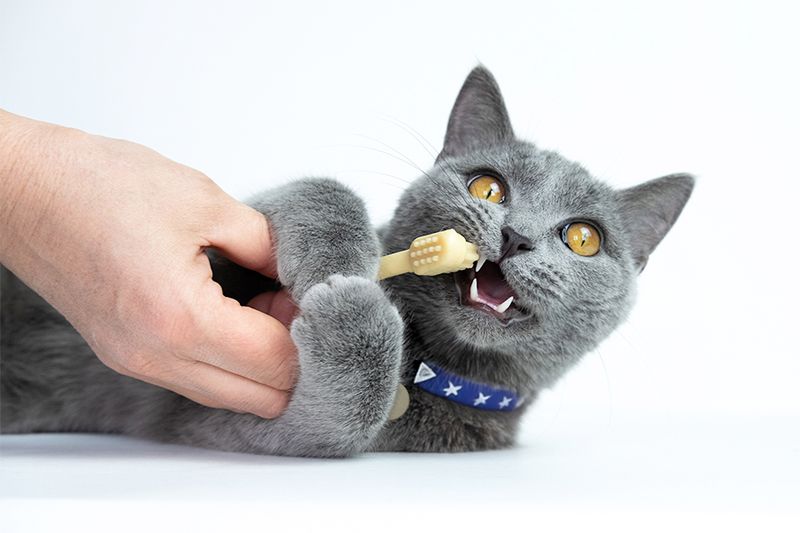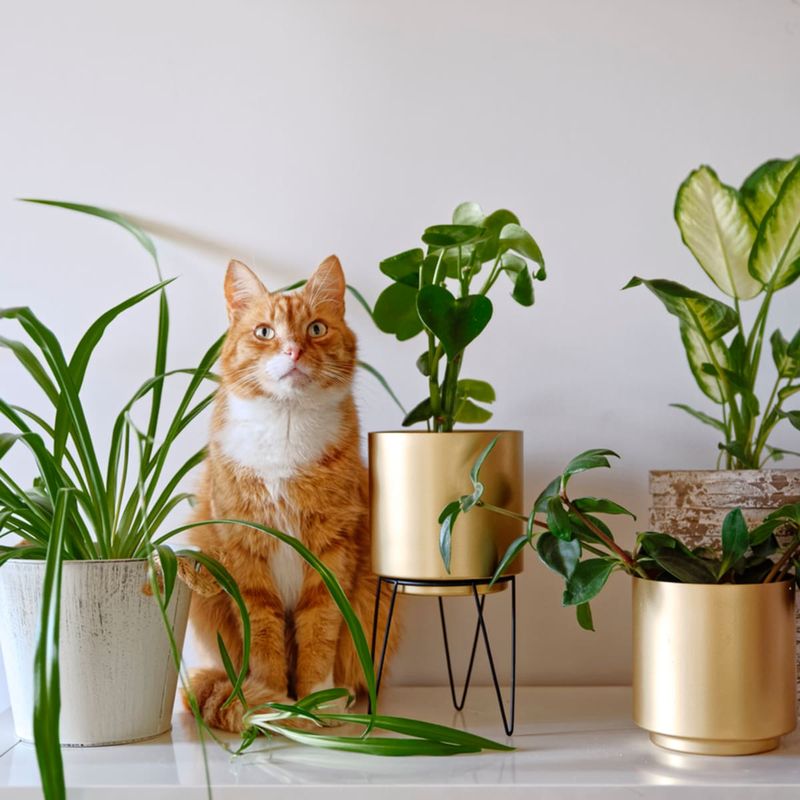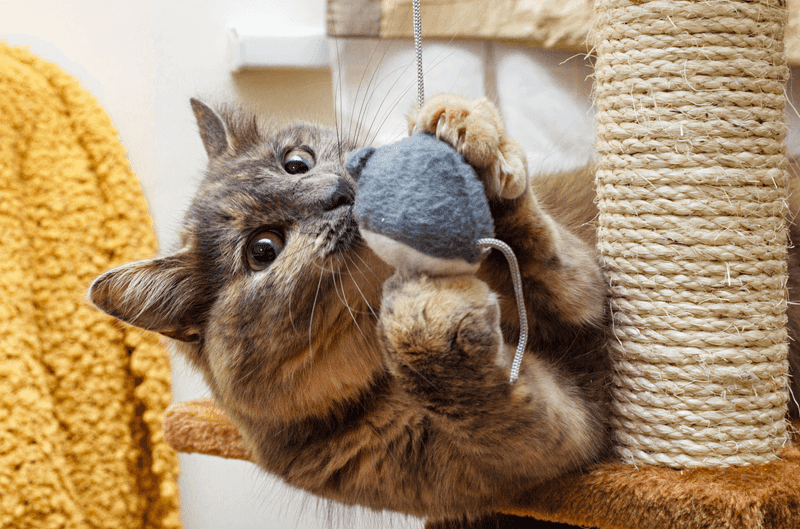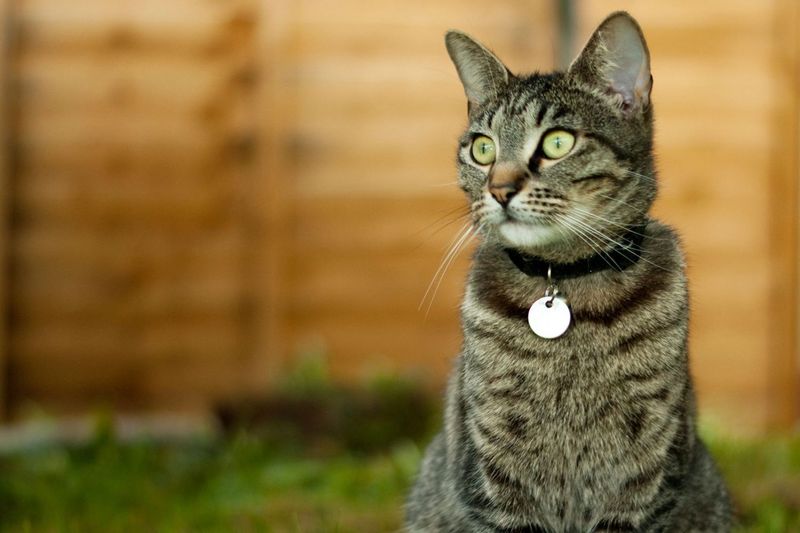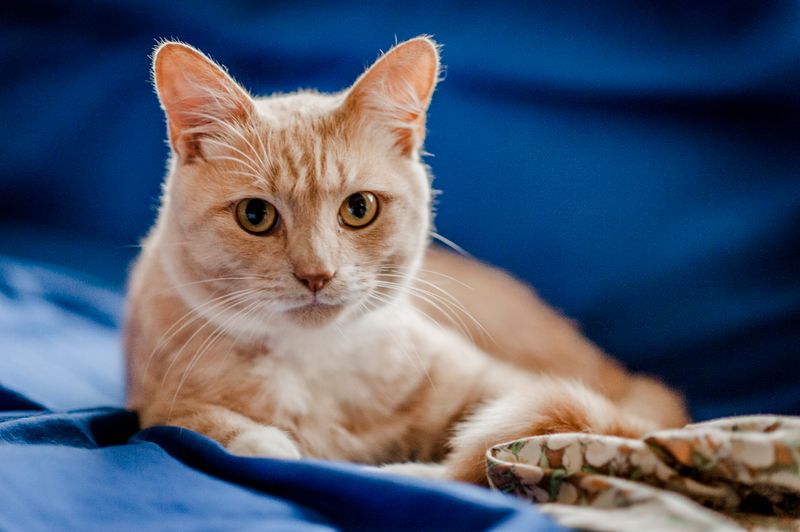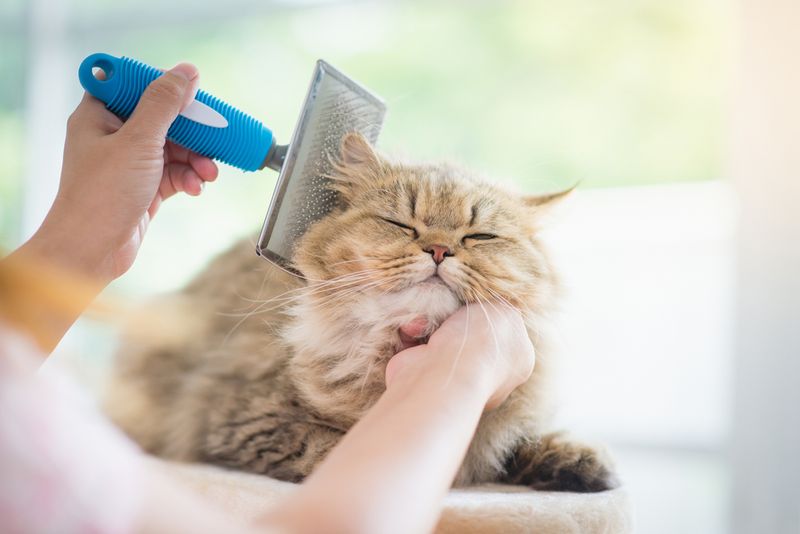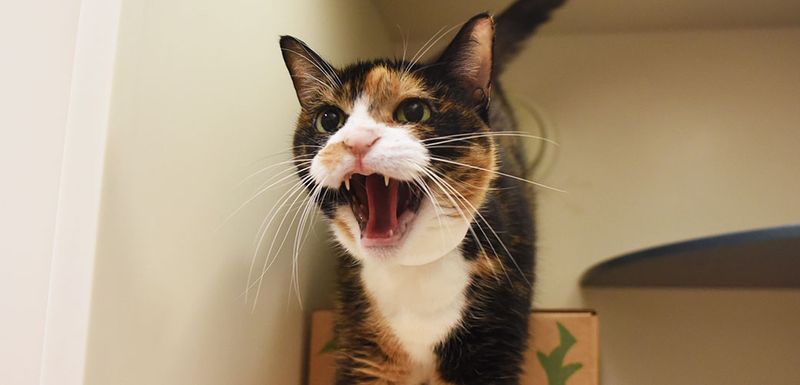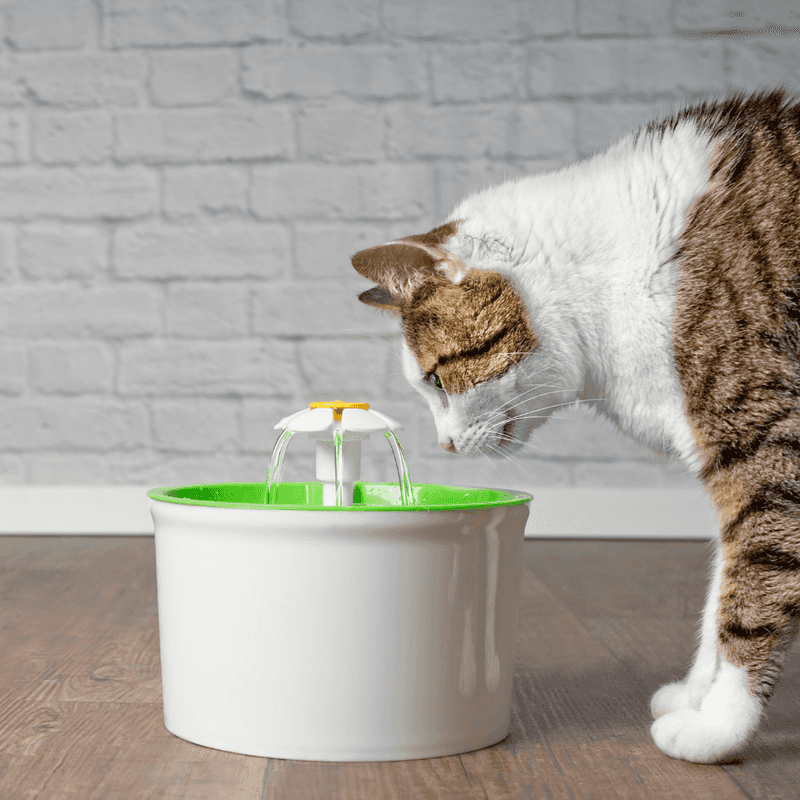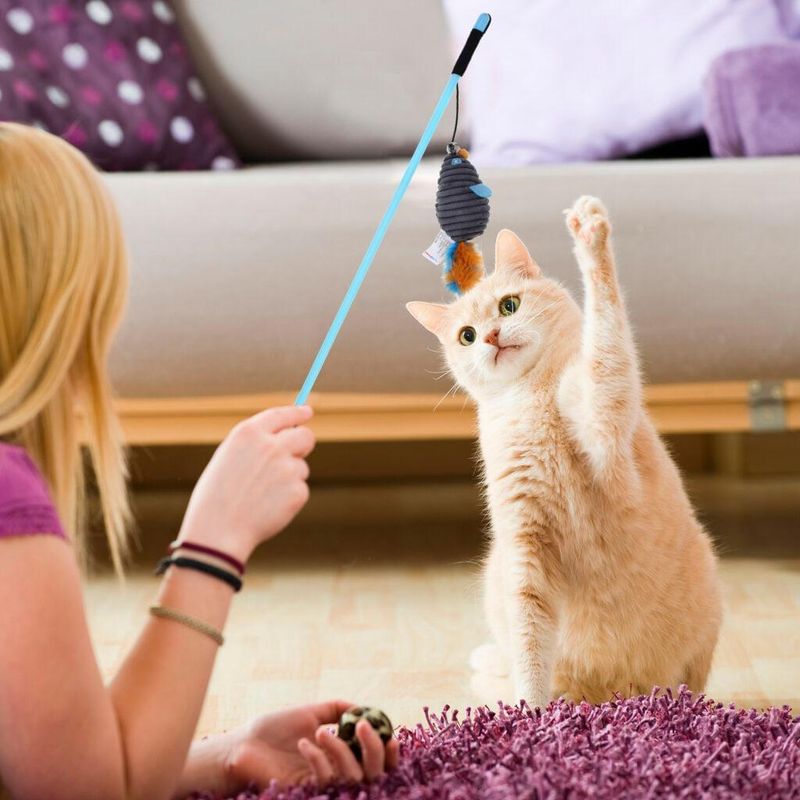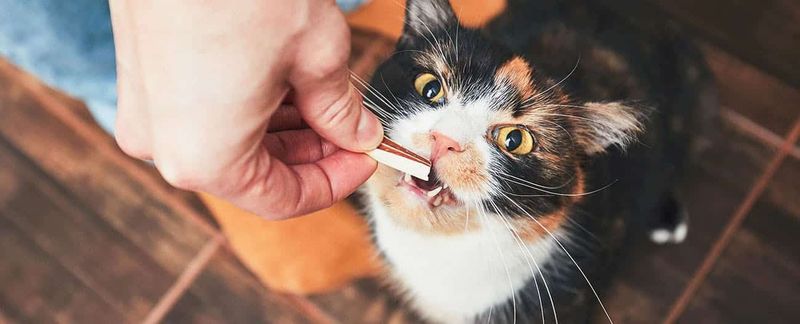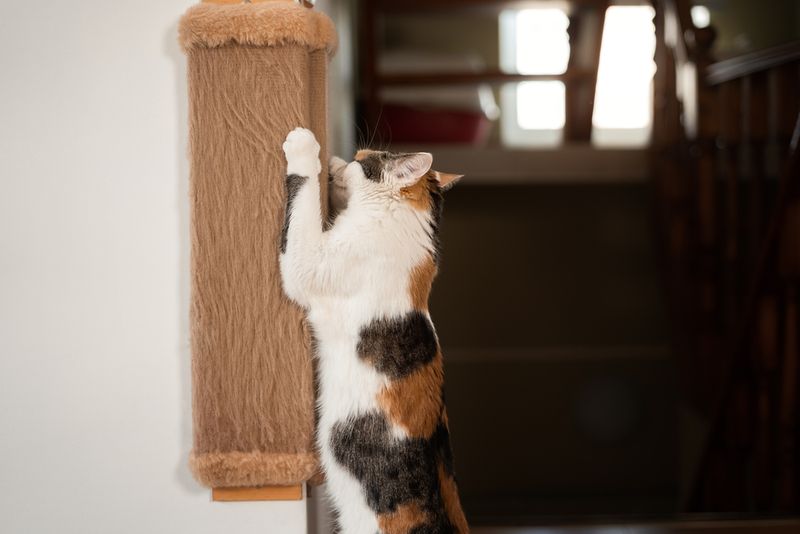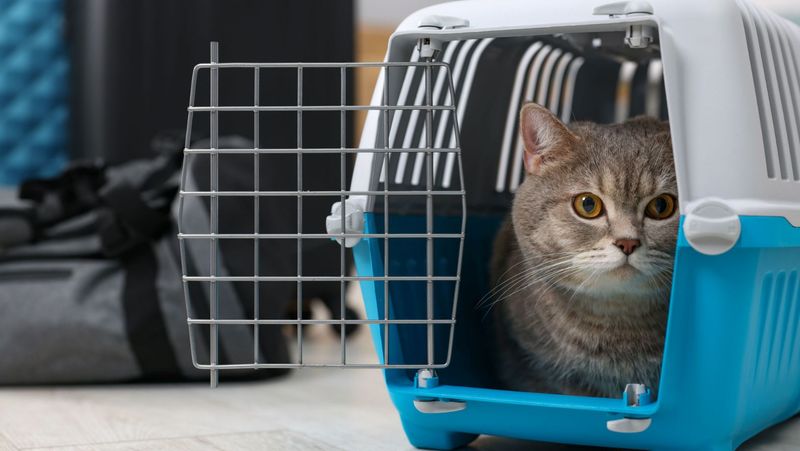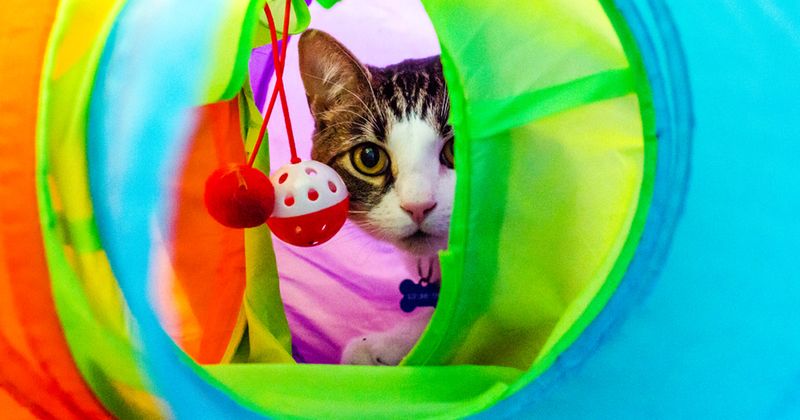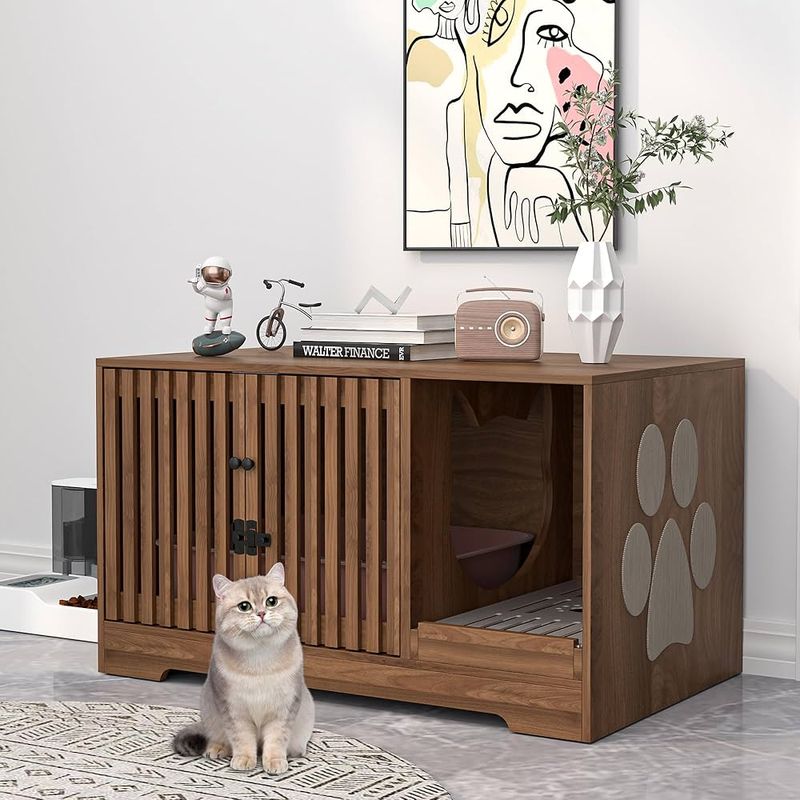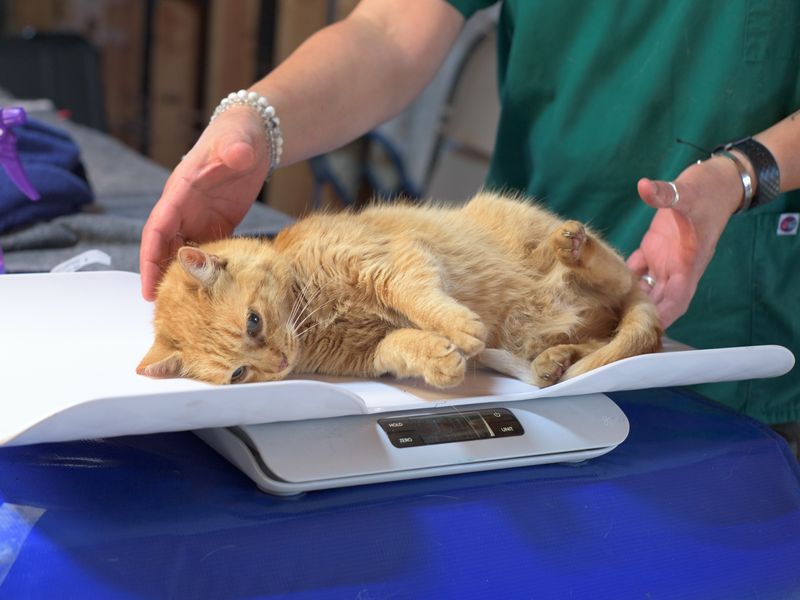📖 Table of Content:
- 1. Overfeeding and Obesity
- 2. Neglecting Regular Veterinary Check-ups
- 3. Inadequate Litter Box Maintenance
- 4. Using Inappropriate Toys
- 5. Declawing
- 6. Ignoring Dental Health
- 7. Allowing Free Access to Unsafe Plants
- 8. Underestimating the Need for Enrichment
- 9. Not Microchipping or Using ID Tags
- 10. Exposing Cats to Secondhand Smoke
- 11. Skipping Grooming Sessions
- 12. Ignoring Behavioral Changes
- 13. Failing to Provide Fresh Water
- 14. Overlooking Socialization Needs
- 15. Ignoring the Importance of Play
- 16. Using Harsh Discipline
- 17. Not Providing Enough Scratching Surfaces
- 18. Overlooking Safety During Travel
- 19. Not Considering Environmental Enrichment
- 20. Ignoring the Need for Privacy
- 21. Failing to Monitor Health Changes
Owning a cat is a rewarding experience, but it comes with responsibilities. Many cat owners unknowingly make common mistakes that can affect their pets’ health and happiness. This guide explores 21 critical areas where cat owners often go wrong, offering insights and practical advice to ensure your feline friend leads a joyful, healthy life. By understanding and addressing these issues, you can make informed choices that benefit both you and your cat. From nutrition to environment and beyond, learn how to avoid these pitfalls and become the best cat parent possible.
1. Overfeeding and Obesity
Many cat owners overindulge their feline companions with too much food. This loving gesture can unfortunately lead to obesity, posing risks like diabetes and heart disease. To keep your cat healthy, measure food portions carefully and avoid free-feeding. Offer treats sparingly, ensuring they make up no more than 10% of their daily calorie intake. A healthy weight contributes to a longer, more active life for your cat. Understanding your cat’s dietary needs is crucial to maintaining their overall well-being. Create a balanced diet plan with your veterinarian’s guidance to support your pet’s health.
2. Neglecting Regular Veterinary Check-ups
Cats are masters of disguise when it comes to hiding illness, making regular veterinary check-ups essential. These visits are key to catching potential health issues early and keeping up with vaccinations. An annual exam is a simple step that can prevent more serious problems down the line. By maintaining a proactive approach to your cat’s health, you can ensure they remain vibrant and lively. Regular vet visits are an investment in your cat’s future, promoting a happier, healthier life. Trust your vet to provide the best care and advice tailored to your feline friend.
3. Inadequate Litter Box Maintenance
A poorly maintained litter box can deter even the most patient cats from using it. Daily scooping and weekly litter changes are essential to prevent unpleasant odors and encourage your cat’s use. Providing one box per cat, plus an extra, ensures they always have access to a clean facility. The location matters too; choose quiet, accessible spots that offer some privacy. An inviting litter box setup can prevent accidents and keep your home clean. Remember, a happy cat makes for a happy home! Prioritize cleanliness to avoid unnecessary stress for both you and your pet.
4. Using Inappropriate Toys
Cats love to play, but not all toys are safe for them. Items like yarn or string can pose choking hazards if ingested. Opt for cat-specific toys that are designed to engage your feline’s natural hunting instincts without risking their health. Interactive toys can provide mental stimulation, helping to curb boredom and prevent destructive behavior. By choosing the right toys, you’re not only ensuring your cat’s safety but also enhancing their well-being. Playtime should be fun and worry-free, offering both exercise and entertainment. Keep your kitty happy and safe with smart toy choices.
5. Declawing
Declawing might seem like a simple solution to protect furniture, but it involves removing the first segment of a cat’s toes, leading to long-term physical and behavioral issues. Instead, provide alternatives like scratching posts or pads, and regularly trim your cat’s nails to manage their natural behavior. A little patience and proper training can go a long way in harmonizing your living environment with your cat’s needs. Embrace their instinctual habits by offering appealing options that satisfy their urge to scratch. Your cat will appreciate the freedom to express themselves naturally.
6. Ignoring Dental Health
Dental care is often overlooked in cats, yet it’s vital to their overall health. Dental disease can lead to pain and further complications if not addressed. Regular brushing with pet-safe toothpaste and professional cleanings as advised by your vet can keep your cat’s mouth healthy. Establishing a dental routine might take some time, but it’s a rewarding investment in your cat’s long-term well-being. Oral hygiene is as important for cats as it is for humans, preventing discomfort and promoting a happy life. Don’t neglect those pearly whites; your cat will thank you!
7. Allowing Free Access to Unsafe Plants
Cats are naturally curious, and houseplants can be an appealing target. However, many common plants are toxic to felines, posing health risks if ingested. Ensure your home is cat-friendly by choosing non-toxic varieties like spider plants or Boston ferns. Alternatively, place hazardous plants out of reach to prevent accidental ingestion. Creating a safe environment helps protect your cat from unnecessary risks. Your home should be a haven for both your plants and your furry friends. By making informed choices, you can nurture both without compromising safety or aesthetics.
8. Underestimating the Need for Enrichment
Cats thrive on mental and physical stimulation, and a lack of enrichment can lead to boredom and destructive behavior. Provide a variety of engaging toys, scratching posts, and interactive play sessions to keep your feline entertained. Puzzle toys that challenge their problem-solving skills are particularly beneficial. By catering to their instincts, you create a nurturing environment that promotes a happy, active lifestyle. Enrichment is more than just play; it’s a vital part of your cat’s well-being. A stimulating environment can transform your home into a feline paradise, filled with joy and exploration.
9. Not Microchipping or Using ID Tags
Cats are notorious escape artists, even those who live indoors. Microchipping and using ID tags are essential safety measures to ensure your cat’s safe return if they wander off. A breakaway collar with a visible ID tag provides immediate identification, while a microchip offers a permanent solution. Both methods are simple yet effective ways to reunite with a lost pet. Protecting your cat involves more than love; it requires practical precautions. Ensure your feline friend always finds their way back home by implementing these straightforward safety measures.
10. Exposing Cats to Secondhand Smoke
Secondhand smoke poses significant health risks to cats, just as it does to humans. Respiratory issues and other health complications can arise from exposure. Creating a smoke-free environment is crucial for your cat’s well-being. If you must smoke, do so outside and away from your pets to minimize their risk. Your cat deserves a safe, healthy home where they can thrive. Prioritizing their environment not only safeguards their health but also enhances their quality of life. Make conscious choices to protect your furry friend from unnecessary harm.
11. Skipping Grooming Sessions
Regular grooming is essential for cats, particularly those with long fur. Neglecting this can lead to mats and skin issues. Brush your cat frequently to keep their coat healthy and reduce shedding. Grooming is not just about appearance; it encourages bonding and keeps your cat comfortable. Bathing might be necessary for some, but always use cat-safe products. By maintaining a grooming routine, you support your cat’s overall health and happiness. It’s a small effort that goes a long way, providing comfort and strengthening your relationship with your pet.
12. Ignoring Behavioral Changes
Cats often communicate their needs through behavior. Ignoring changes like increased aggression, hiding, or altered eating habits can overlook underlying health problems. Pay attention to these cues and consult your vet for guidance. Recognizing behavioral shifts early can lead to timely interventions and better outcomes. Your cat’s behavior is a window into their world. Understanding and addressing changes promptly ensures their well-being and strengthens your bond. Be attentive and proactive, creating an environment where your cat feels understood and supported. Your vigilance is key to their happiness.
13. Failing to Provide Fresh Water
Cats need constant access to fresh water to stay hydrated and healthy. Stale or insufficient water can lead to dehydration and urinary issues. Invest in a pet water fountain to encourage regular drinking, as cats are often drawn to flowing water. Clean and refill water dishes daily to ensure freshness. Staying hydrated supports your cat’s health, affecting everything from kidney function to skin condition. Prioritizing fresh water access is a simple yet crucial aspect of responsible cat ownership. Encourage your feline friend to drink up, supporting their overall well-being.
14. Overlooking Socialization Needs
Socialization isn’t just for dogs; cats benefit too. While they may seem independent, cats need interaction to thrive. Engage your cat with regular play, gentle handling, and exposure to new experiences. This helps prevent fearfulness and fosters a confident, well-adjusted pet. A socially fulfilled cat is less likely to develop behavioral problems. Understand your cat’s social needs and create opportunities for positive interactions. Your home becomes a welcoming environment where your cat feels safe and loved. Invest time in socializing your feline friend for a harmonious, balanced life together.
15. Ignoring the Importance of Play
Play is more than just fun for cats; it’s vital for their health and happiness. Engaging in regular play sessions strengthens your bond and provides essential exercise. Toys like feather wands or laser pointers mimic hunting behaviors, satisfying your cat’s instincts. Dedicate time each day to interactive play, enhancing your cat’s physical and mental well-being. By prioritizing play, you create a joyful and stimulating environment for your feline companion. Remember, a playful cat is a happy cat. Embrace the opportunity to connect and nurture your pet through shared activities.
16. Using Harsh Discipline
Cats respond poorly to harsh discipline, which can damage your relationship and lead to fear or aggression. Instead, use positive reinforcement to encourage desired behaviors. Reward with treats, praise, or playtime when your cat exhibits good conduct. This approach fosters trust and strengthens your bond. Training should be a pleasant experience, promoting a harmonious living environment. Avoid negative tactics that might cause anxiety or resentment. By embracing kindness and patience, you create a loving atmosphere where your cat feels secure and respected. Your gentle guidance paves the way for a well-behaved, happy pet.
17. Not Providing Enough Scratching Surfaces
Scratching is a natural behavior for cats, essential for maintaining healthy claws and marking territory. Without adequate scratching surfaces, cats may resort to damaging furniture. Offer a variety of scratching posts and pads throughout your home to satisfy their needs. Choose different textures and heights to appeal to your cat’s preferences. Providing these outlets supports your cat’s instinctual behaviors and protects your belongings. Encourage their use by placing them near favorite spots or furniture. A well-stocked environment with scratching options ensures a happy, well-adjusted cat, enhancing your living space harmony.
18. Overlooking Safety During Travel
Travel can be stressful for cats, and safety is paramount. Always use a secure, comfortable carrier designed for pets when traveling by car or plane. Ensure the carrier is well-ventilated and lined with soft bedding. Gradual acclimatization to the carrier can reduce anxiety for both short and long trips. Keep your cat’s well-being in mind by planning breaks and maintaining a calm environment. Safe travel practices ensure a smooth journey, whether it’s a vet visit or a family vacation. Protect your cat by preparing ahead, making travel a positive experience for all involved.
19. Not Considering Environmental Enrichment
A stimulating environment is crucial for your cat’s mental and physical health. Enrichment can include climbing shelves, interactive toys, and varied textures to explore. These elements cater to your cat’s natural curiosity and hunting instincts, preventing boredom and promoting exercise. Creating a vibrant environment supports a well-rounded, happy cat. Engage their senses with new experiences regularly, like rearranging toys or introducing novel scents. Your home becomes a playground that satisfies their needs and keeps them active. Prioritize environmental enrichment for a contented, thriving feline companion who enjoys every corner of their domain.
20. Ignoring the Need for Privacy
Cats cherish their privacy and providing a quiet, secluded space for their litter box is essential. A well-placed litter box reduces stress and encourages proper use. Avoid busy or noisy areas that might deter your cat. Respecting their need for privacy enhances their comfort and well-being. By considering their perspective, you create a harmonious environment where your cat feels secure. Addressing this simple need can prevent behavioral issues and promote a contented household. Privacy is a small yet significant aspect of responsible cat care, ensuring your feline friend feels at ease.
21. Failing to Monitor Health Changes
Monitoring your cat’s health involves more than just regular vet visits. Pay attention to changes in weight, appetite, and behavior, as these can signal underlying issues. Keeping a health journal helps track patterns and provides valuable information for your vet. Early detection of changes can lead to prompt treatment and better outcomes. Your vigilance is key to your cat’s longevity and happiness. A proactive approach to health monitoring ensures you’re ready to address concerns as they arise. Make it a habit to observe and record, supporting your cat’s well-being every day.
